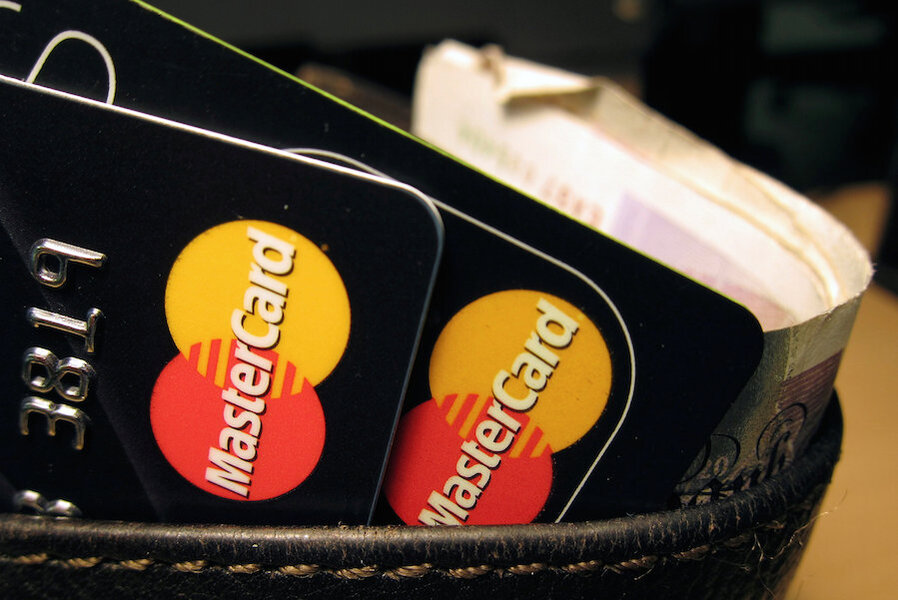Look for credit card late fees to rise in 2017
Loading...
If “pay credit card bills on time” isn’t on your New Year’s resolution list, maybe it should be. In 2017, more issuers may bump up your credit card late fees, which already run well above $30.
Come January, at least one major issuer plans to increase late fees on existing accounts to the inflation-adjusted maximums set by the Consumer Financial Protection Bureau. Expect other companies to follow suit. Under the CFPB revision, the maximum penalty for making a late payment more than once in a six-month period is now $38, up from $37. The maximum penalty for a first-time miss remains at $27.
About 1 in 5 credit card accounts incurred late fees in 2015, according to a CFPB report. In addition to that fee, the slip-up could cost you in unexpected ways.
Why late fees are climbing
The Credit Card Act of 2009 generally caps late fees at $25 for the first instance and $35 for each additional late payment within six months. If you go six months without another late payment, your account resets to the lower first-time fee. Under the law, however, the limits are subject to an annual adjustment based on a federal consumer price index.
A miscalculation in the rates for 2016 caused the CFPB’s $38 limit to technically take effect in June. But major card issuers haven’t started changing their late fees until now.
What does the 2017 adjustment mean for you? Consider what happened in 2015, when late-fee maximums rose to $38, before dropping the following year. Four of the 10 largest issuers raised fees to the updated maximum that year on new accounts.
Something similar could happen in 2017. Among the same top 10 issuers, seven have a maximum late fee of at least $37, the limit in effect for the first part of 2016. When one issuer pushes up fees, it’s easier for others to follow.
The cost of paying late
The idea of a $38 late fee is gloomier than stale holiday cookies. But protections under the Credit Card Act mean you probably won’t be paying the full $38, even if you’re forgetful.
The law sets limits on when and how issuers can assess late fees, making the penalties less common and lower than they once were. As a result, the average late fee assessed in 2015 was $27 among issuers in the CFPB’s credit card database, even though the maximum was $38, according to the CFPB report.
Paying a first-time late fee of $27 on a $1,000 balance is as expensive as carrying that balance for one month on a card with an annual percentage rate of about 32%. At the $38 maximum, it’s equivalent to an APR of 46%.
Late payments can be costly in other ways, as well.
- The rewards you earned during that billing cycle could be voided.
- If you’re in a 0% APR promotional period, the rate could be revoked.
- Your grace period for the next billing cycle could be voided, so new purchases would start accruing interest immediately.
- If you miss your payment by 30 days or more, your credit could take a hit. That could cost you thousands of dollars if you’re about to apply for a mortgage.
- If you fall 60 days behind on payments, your APR could be changed to a higher penalty rate.
How to avoid a late fee
Apart from getting a card that doesn’t charge late fees — and yes, those do exist — here’s how to avoid those awful late fees:
Set up autopay. If you pay your card balance manually, consider setting up your account to pay at least the minimum automatically. That gives you the freedom to make additional payments throughout the month as your budget allows, while protecting you from late fees.
Try habit pairing. Set a rule for yourself: “After I get my paycheck, I’ll log on to my issuer’s portal and make a credit card payment.” Doing these two activities side by side regularly will remind you to make a payment at least once per month and help you avoid late fees.
Ask for a waiver. If you miss a payment, pick up the phone and ask your issuer to waive the fee. The company may give you a pass if you have a strong record of paying on time.
Claire Tsosie is a staff writer at NerdWallet, a personal finance website. Email: claire@nerdwallet.com. Twitter: @ideclaire7.
This story originally appeared on NerdWallet.





